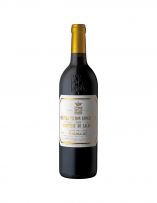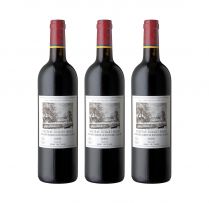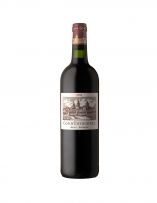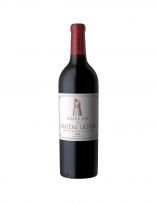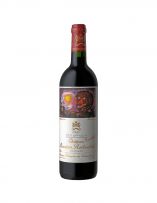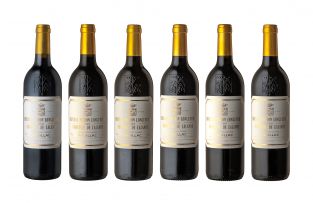Modern, Post-War and Contemporary Art, Decorative Arts and Wine
Online-Only Auction, 16 - 23 November 2020
Wine
About this Item
Provenance
Wine Cellar Private Client
Critics Ratings
'This needs time in the glass, but unfurls to reveal cedar, cinnamon, tobacco, cassis and rose notes. It's heady and confident stuff that I've tasted several times over the past few months and have been hugely impressed by, especially with food. 64% Cabernet Sauvignon, 29% Merlot, 6% Cabernet Franc and 1% Petit Verdot. Drinking Window 2018 - 2040.' - Jane Anson, Decanter, 96/100 (Jan 2016)
'The 2005 Pichon Lalande, with its aromatics of cassis, forest floor and earth are followed by a medium-bodied wine that doesn't have quite the length and richness the aromatics suggest. Nevertheless, it is medium-bodied, elegant, and pure, and a classic example for this château. Drink it now as well as over the next 15 or so years. It is showing better than my earlier notes suggest. Drink 2015 - 2030.' - Robert Parker, Wine Advocate, 89/100 (Jun 2015)

